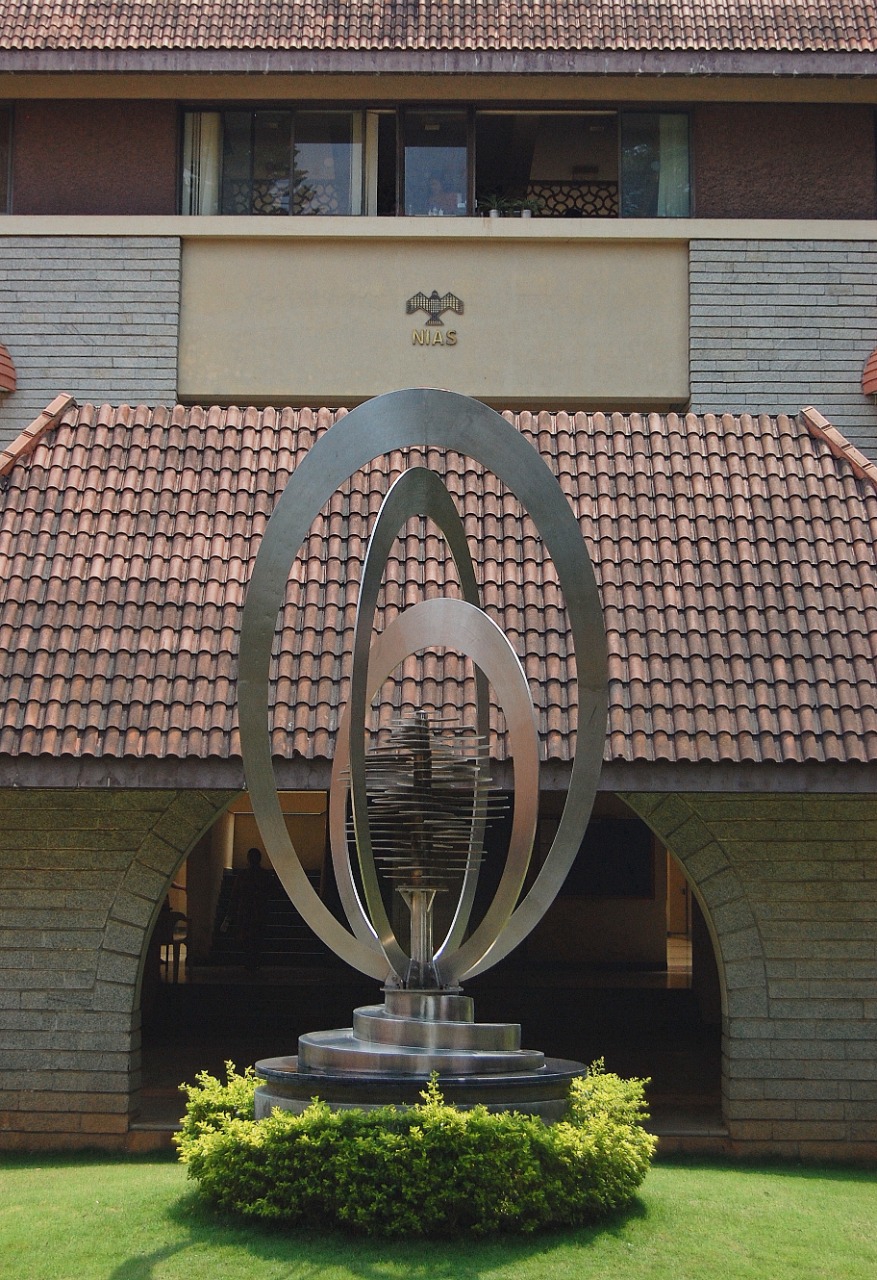
North Korea’s attempt to launch a satellite into earth orbit failed for the fourth time on April 12 2012. Details of what happened are still not fully clear. From the limited evidence released to the public the failure happened close to the end of the first stage burnout though the information put out by North American Aerospace Defense Command (NORAD) and South Korea differ to some extent.
At NIAS we thought it a worthwhile exercise to track the North Korean launch effort and if possible make some predictions about the launch. Though the launch has failed we thought it necessary to put out our work in the public domain. This report is the outcome of our work and is based on the assumption that if the North Koreans had been successful what kind of capability would they have created.
Using images of the Unha 2 and Unha 3 launchers available in the public domain we were able to make measurements on the different components of the missile. Using the diameter and lengths obtained from these we were able to translate them into propellant and structural masses. Using other publicly available information on North Korea’s missile and space programmes and some expert knowledge available with rocket engineers and designers we could derive the necessary launch vehicle parameters for running a trajectory model developed at NIAS.
Though the launch has failed the results of this exercise can be matched to the orbital elements realized by North Korea if and when they launch a satellite into a similar orbit. The extent to which the achieved orbit parameters meet those of a near perfect 500 km circular orbit would provide some insight into North Korean capabilities in both the missile and space domains.
